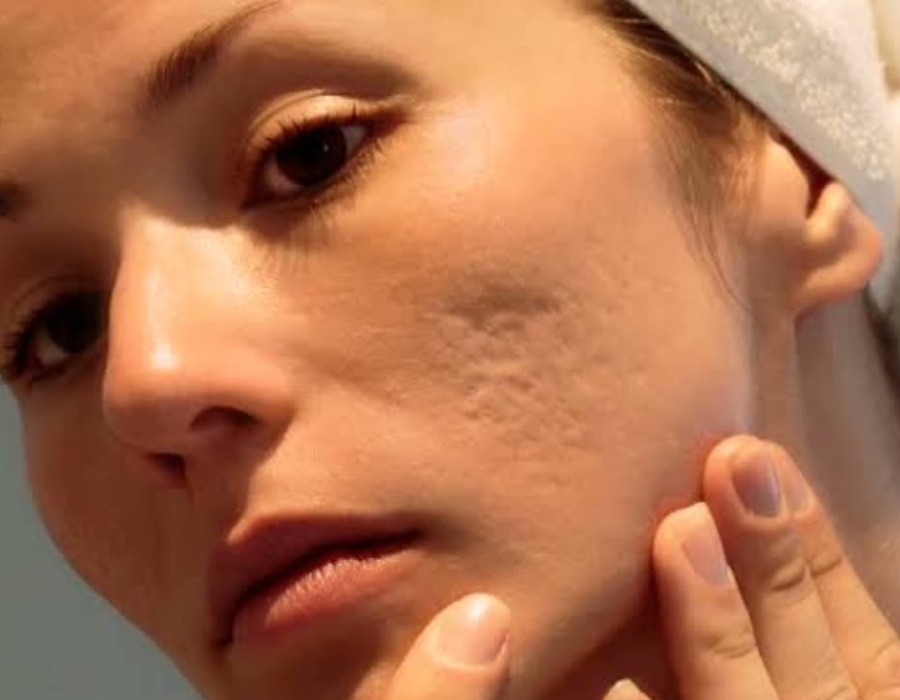Pigmented acne scars are a common concern for many individuals in Islamabad. Unlike pitted or indented scars, pigmented acne scars manifest as dark marks or discoloration left behind after active acne heals. These marks, though not physically indented, can be equally distressing. Fortunately, several advanced options for Acne Scars Treatment in Islamabad now offer effective relief for pigmentation-related concerns.
In this article, we will discuss everything you need to know about pigmented acne scars, their causes, types, treatment options available in Islamabad, and expert advice to help you achieve a more even-toned and radiant complexion.
Understanding Pigmented Acne Scars
Pigmented scars result primarily from post-inflammatory hyperpigmentation (PIH) or post-inflammatory erythema (PIE). Here’s a closer look:
- PIH (Post-Inflammatory Hyperpigmentation): These are flat brown, black, or gray marks caused by an overproduction of melanin.
- PIE (Post-Inflammatory Erythema): More common in lighter skin types, these scars appear as red or pink marks due to damaged blood vessels.
Both types can linger for months or even years if left untreated, especially with prolonged sun exposure or improper skin care.
Common Causes of Pigmented Acne Scars
- Picking or popping pimples
- Inflammatory acne (nodules or cysts)
- Exposure to UV radiation without SPF
- Improper acne treatment or irritation
- Use of harsh skincare products
Understanding the cause can help dermatologists recommend a more targeted treatment plan.
Who Is More Likely to Get Pigmented Acne Scars?
Pigmentation-related acne scars are more common in:
- Medium to darker skin tones
- People with prolonged or untreated acne
- Individuals who frequently tan or avoid sunscreen
- Those who use irritating products post-breakout
In Islamabad, where sun exposure is intense year-round, pigmented scars are especially prevalent.
Top Treatments for Pigmented Acne Scars in Islamabad
1. Chemical Peels
A popular non-invasive option for pigmentation.
- Uses glycolic acid, salicylic acid, or TCA to exfoliate skin
- Removes upper pigmented layers
- Stimulates skin regeneration
Best for: Mild to moderate pigmentation
Sessions needed: 4–6, spaced 2–4 weeks apart
2. Laser Skin Rejuvenation
Q-Switched Nd:YAG Laser
This advanced laser targets melanin in pigmented scars.
- Breaks down pigment molecules
- Triggers natural healing
- Suitable for deeper and stubborn spots
Pros: Minimal downtime
Cons: May cause redness or mild irritation
3. Microneedling with PRP
Microneedling creates controlled micro-injuries to trigger collagen production. When combined with Platelet-Rich Plasma (PRP), it enhances recovery and skin tone correction.
- Improves pigment distribution
- Enhances skin texture and glow
- Safe for most skin types
4. Topical Treatments (Dermatologist-Prescribed)
- Hydroquinone – a powerful melanin suppressor
- Retinoids – promote cell turnover
- Azelaic acid – reduces pigmentation and inflammation
- Niacinamide – brightens and improves barrier function
Over-the-counter products may help but should be used under guidance to avoid irritation.
5. Intense Pulsed Light (IPL) Therapy
While technically not a laser, IPL uses light energy to reduce pigmentation and redness.
- Effective for both PIE and PIH
- Minimal side effects
- Can improve overall skin clarity
Customized Treatments Based on Skin Type
In Islamabad’s diverse population, treatment must be personalized:
- Fitzpatrick Skin Types IV–VI: Darker skin tones are more prone to hyperpigmentation. Gentle peels, low-energy laser settings, and niacinamide-based skincare are safer.
- Lighter Skin Types: Can tolerate more aggressive laser settings and retinoid use.
Dermatologists perform patch testing to avoid complications such as rebound hyperpigmentation.
Pre- and Post-Treatment Guidelines
Before Treatment:
- Avoid tanning, waxing, or aggressive scrubs
- Discontinue topical actives (retinoids, AHAs) for 5–7 days
- Discuss any medications with your dermatologist
After Treatment:
- Apply SPF 50+ daily
- Use mild cleansers and moisturizers
- Avoid makeup for at least 24–48 hours
- No sauna, gym, or sun for a few days
Adhering to aftercare ensures the best results and avoids adverse reactions.
Expected Results and Time Frame
- Peels: Initial fading in 2–4 weeks
- Laser: Gradual lightening over 4–6 sessions
- Topicals: Continuous use may show visible change in 8–12 weeks
- Microneedling: Enhanced tone and texture in 3–6 sessions
Pigmented acne scars fade over time, but professional treatments can speed up the process significantly.
Cost of Treating Pigmented Acne Scars in Islamabad
Prices vary depending on clinic, dermatologist expertise, and technology:
TreatmentEstimated Cost (PKR/session)Chemical Peels5,000 – 10,000Q-Switched Laser8,000 – 20,000Microneedling with PRP12,000 – 25,000IPL10,000 – 18,000Topical Medication2,000 – 5,000 (monthly avg.)
Packages are usually more cost-effective.
Choosing the Right Clinic in Islamabad
Look for:
- Board-certified dermatologists
- Before-and-after case studies
- Proper consultation with VISIA or other scanning tools
- Patient reviews and testimonials
- Clinics using FDA-approved equipment
Clinics like Dynamic Clinic, Cosmesurge, Enfield Royal, and Cutera Aesthetics are widely respected in the city for their expertise in pigmentation treatments.
Common Myths About Pigmented Acne Scars
- “They’ll go away on their own.” – Some may fade, but stubborn marks require professional care.
- “Fair skin doesn’t get pigmentation.” – PIE is common even in lighter skin tones.
- “You can bleach the spots away.” – Dangerous and can worsen pigmentation.
Always consult a professional before trying any treatments.
Tips to Prevent Future Pigmented Scars
- Treat acne early to reduce inflammation.
- Never pop pimples.
- Use sunscreen daily.
- Incorporate antioxidants like Vitamin C in your skincare.
- Stay hydrated and follow a healthy diet.
Conclusion
Pigmented acne scars are a cosmetic challenge, but they are far from permanent. With cutting-edge Acne Scars Treatment in Islamabad, patients now have access to multiple, personalized options that deliver real results. Whether through laser therapy, chemical peels, or topical treatments, achieving clear, even skin is now more attainable than ever.
Schedule a consultation with a licensed dermatologist today to determine the most suitable treatment plan for your skin type and pigmentation concerns. With consistency and expert care, you’ll be on your way to brighter, smoother skin.





Comments